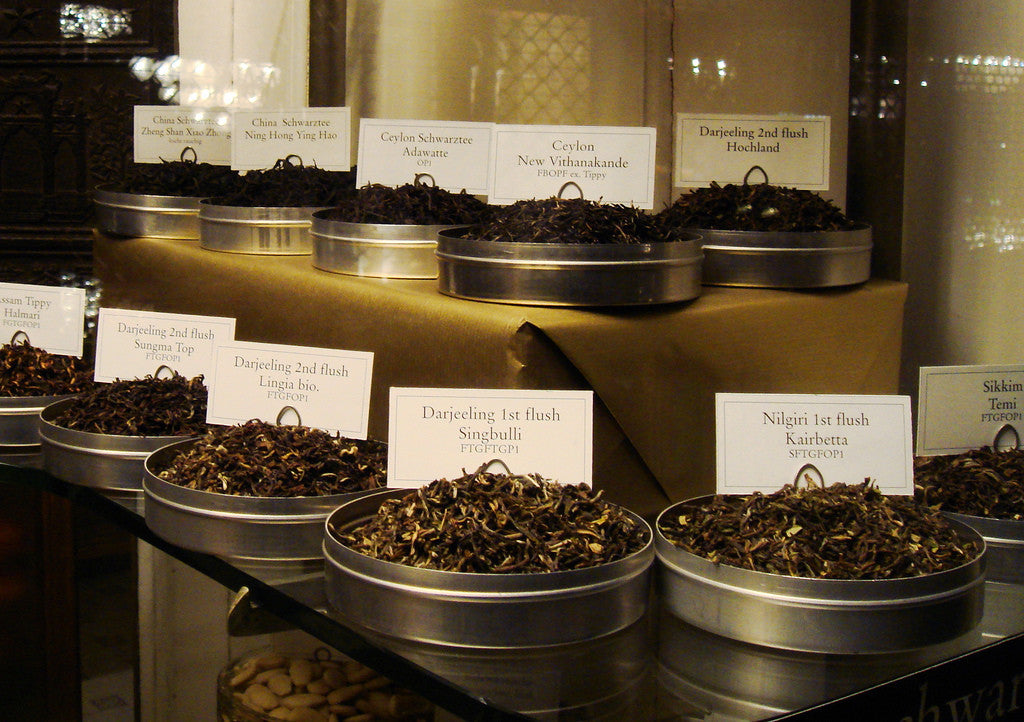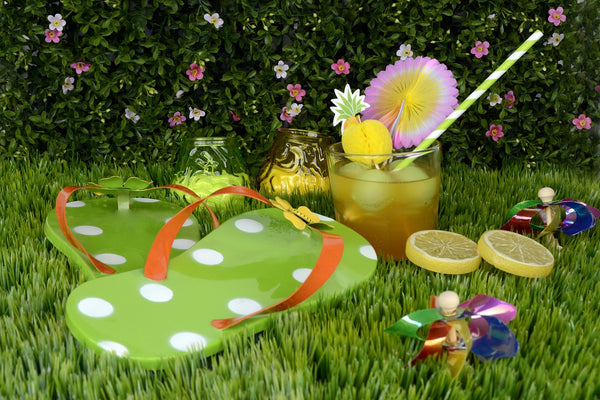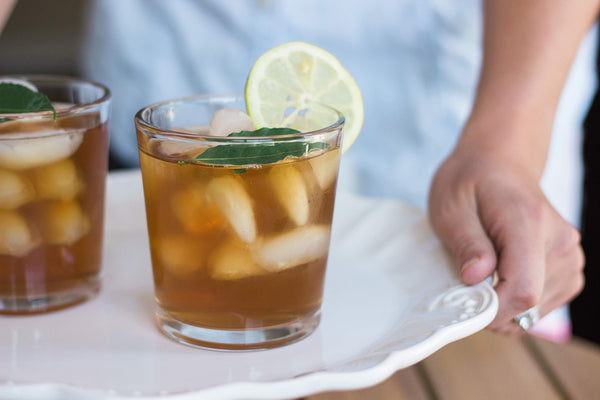
My British Cousin once told me that I looked like I was getting a bit heavy and looked like I put on about “half a stone.” That’s not too bad I thought to myself. Little did I know that half a stone equals 7 lbs! It is amusing how that endearing British accent loses its charm when someone calls you fat! It’s funny how language works in that way. With Darjeeling Tea, I often tell people which flush the tea is. For some reason the term “flush” freaks people out, as in “This is a Second Flush Darjeeling.” Now when I say “seasons” instead people tend to get it right away. So if I say that “This Darjeeling is plucked during the summer season” people tend to get more excited about the tea even though both terms mean the exact same thing. So, to help bridge the language gap, here is a quick guide on the different Darjeeling flushes and which season they correspond to.
First Flush: March – April
First Flush Darjeeling’s are one of the most sought after and expensive teas in the world. Since they are plucked in early Spring, the leaves contain all the nutrients that the plants store up over Winter while they are dormant. They tend to have a delicate flavor and must be drank within a few months of plucking. Therefore, you should only drink First Flush Darjeeling’s before July at the latest. This “freshness factor” is why we only offer this in our Insider Tea Club.
Second Flush: May – June
In my opinion, Second Flush Darjeeling’s have the best flavor. Because they are plucked during Summer, the leaves are a bit more mature at that point so the flavors are more pronounced. A good Second Flush will have strong notes of citrus fruit, which is often referred to as “Muscatel.”
Monsoon Flush: July – September
This is the rainy season in the Darjeeling region. Many believe this flush is the “worst” of all the flushes due to the fact the tea leaves absorb a lot of water, which often gives them a bit of a muted flavor.
Autumnal Flush: October – November
Autumnal Darjeeling’s have the heaviest body of all the flushes because the weather is cool and dry. These also have a touch of that Muscatel flavor that is prized in the Second Flush, but Autumnal are usually quite a bit less expensive.
Summary
Don’t let the term “flush” confuse you, like “stone” did with me. All it does is let you know what season the tea was plucked in. Once you know that, it is a good idea to try a tea from each season to see which ones you like best, since each flush has its own unique characteristics.
Photo: http://www.flickr.com/photos/austinevan/3316803792
1 Response
Leave a comment
Comments will be approved before showing up.



Anna benson
June 25, 2016
Very interesting.